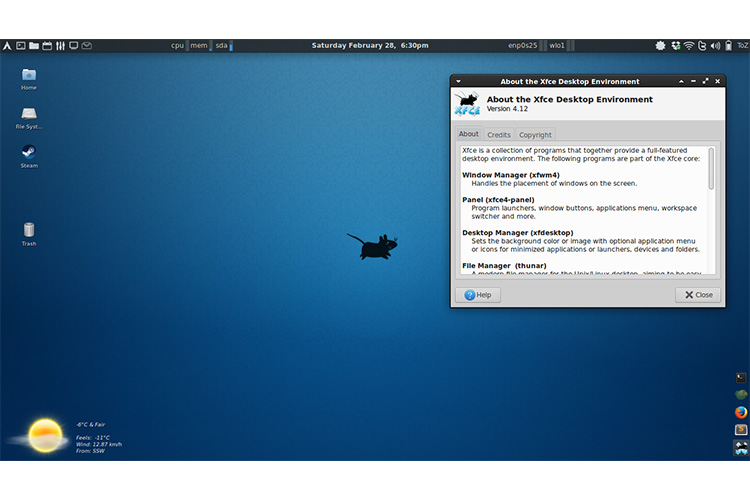A suggestive guide on how to move from Windows to Linux. Get a taste of Linux without disrupting your Windows installation.
Steps

1. Research is key. Look into what distribution of Linux would be best for you. If you’re new to the operating system, it’s probably best to go for something like Ubuntu or Linspire – these distributions of Linux are aimed at inexperienced users and will help you along the way. The Ubuntu distribution will send you a set of CDs free of charge, there are other sites on the internet which charge a small fee for postage.
2. Try the “Live CD” versions first, assuming your computer will boot from the CD drive; most will. Most distributions offer Live CD ISOs on their website, which you can burn to CD. (non-DVD .ISO files are 700mb or less — Puppy and Damn Small Linux (DSL) are only around 70 MB — and require an application such as Nero to burn them to CD). A Live CD means that Linux will run entirely from a CD and will not touch your Windows installation – this allows you to test out some of the functionality Linux offers without wiping your existing Windows install.
3. Before you do anything else, BACK UP your important data. If you make a mistake while installing Linux, it’s possible you’ll have to format your hard drive to put things right. In which case, you will lose all data on it. It is very important you back up if you need to.
4. Next, you’ll need to get hold of a Linux install CD – when you boot from this, it will take you through the steps required to install Linux.
5. You will want to partition your hard drive into two partitions, one containing your existing Windows install, the other containing the Linux installation. Under Windows, this can be easily done with various partitioning tools (Partition Magic, Paragon Partition Manager and others) preserving both Windows installation and existing data.
6. Once the Linux installation has finished, you will be able to choose which operating system to boot into when your computer loads. This is called dual-booting. It is wise to do this before completely converting to Linux to give you something to fall back on if something goes wrong.
7. As time goes on you will find you need to boot into Windows less and less. Using Linux is a learning experience, make sure you make the most of the “community” help which is available from most distributions of Linux. There is usually a wide community which you can ask questions and there will be people more than willing to help you out with any problems you’ve got. Make sure you use Google and the “search” functions on community websites because people may get irate at answering the same questions all the time in forums and on irc. Visit your distribution’s support page or FAQ.
8. Once you feel you’re good enough at using Linux, you can wipe your Windows partition and devote your entire hard disk to Linux. You’ll probably never look back!
Tips
# If you want to play games, try WINE, Loki installers, Cedega or emulating Windows with kqemu or qemu. There are also several games built with linux in mind, such as Nexuiz or The Battle for Wesnoth. Depending on your taste in games, you may be able to find something that you enjoy that runs natively.
# Linux is very unlike windows in the sense that each individual may prefer a different distribution to what is recommended. A common example of this is between Ubuntu and Kubuntu. Both are the same at the core, but they have different desktop managers. So if you feel like you want to try a different distribution (so long as you are confident and have a decent knowledge of how to operate it), downloading and burning a LiveCD is always worth a try.
Post By Wikihow







